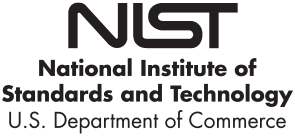Someone in your company gets an email. It looks legitimate — but with one click on a link, or one download of an attachment, everyone is locked out of your network. How do you identify ransomware and what should you do to protect your business?
To find out how much you know about ransomware, select the correct response for each question or statement.










